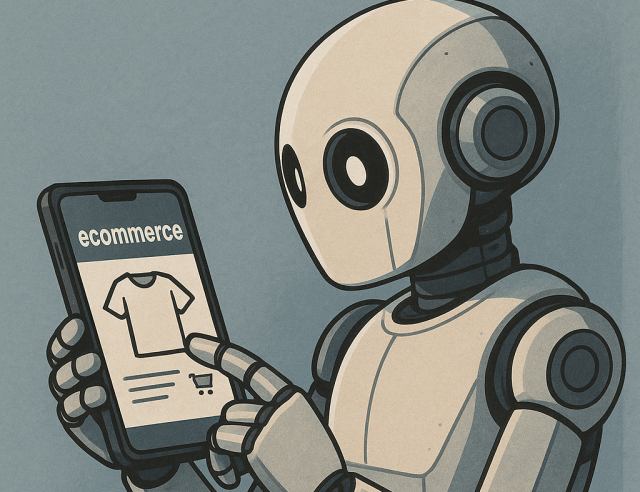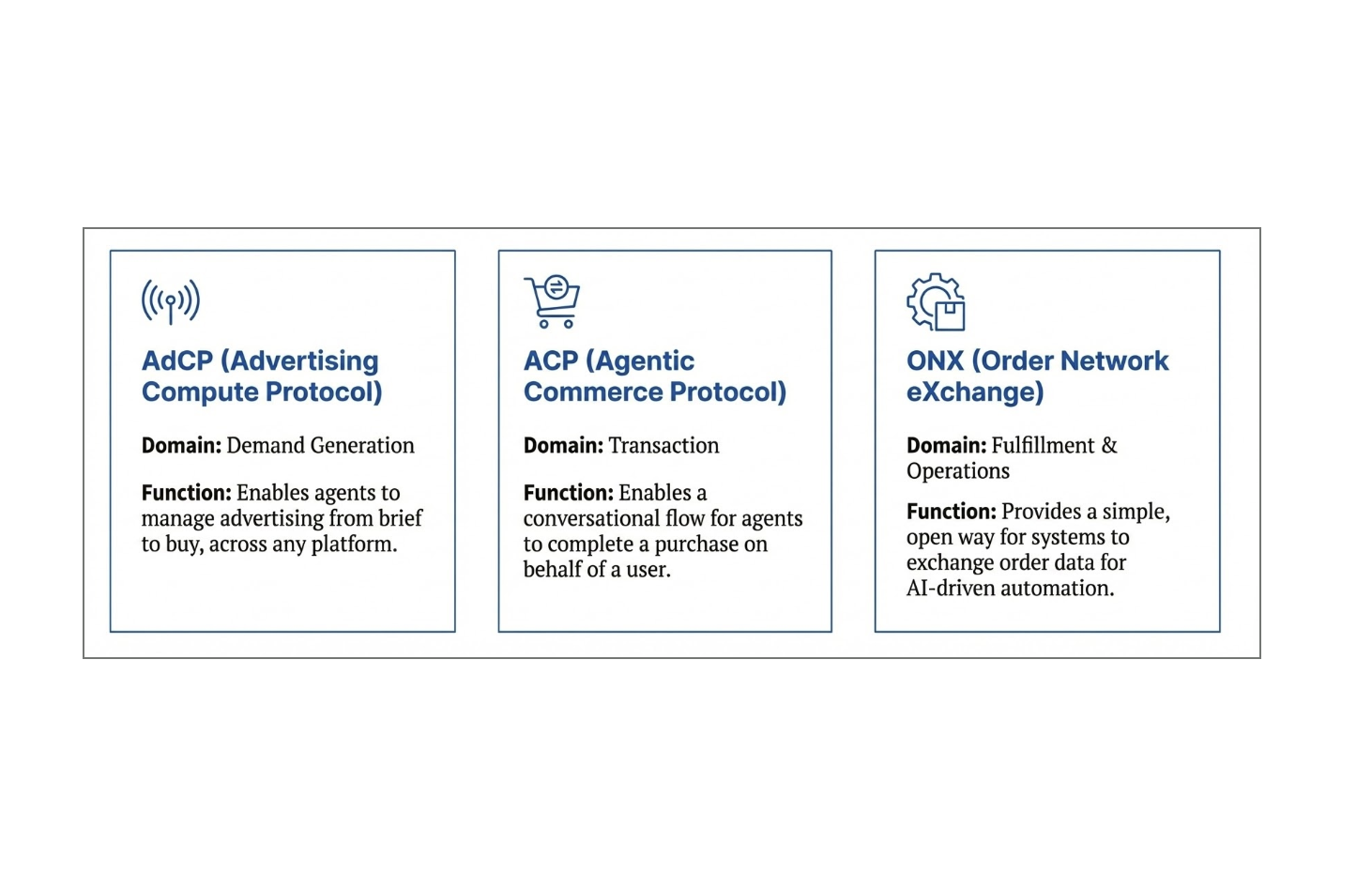1. Introduction: From SEO to GEO
Traditional digital discovery has been dominated by Search Engine Optimization (SEO), where websites compete for visibility on search engines like Google by optimizing for keywords, backlinks, and technical page performance. With the rise of AI assistants and LLM-powered experiences—like ChatGPT, Google Gemini, and Amazon Rufus—a new paradigm is emerging: Generative Engine Optimization (GEO).
GEO refers to the practice of structuring digital content, metadata, and product information to be favorably retrieved, summarized, and recommended by generative AI systems in response to natural language queries.
The term Generative Engine Optimization (GEO) was first introduced in the research paper titled “GEO: Generative Engine Optimization”, authored by Pranjal Aggarwal, Vishvak Murahari, Tanmay Rajpurohit, Ashwin Kalyan, Karthik Narasimhan, and Ameet Deshpande. This paper was published on arXiv in November 2023
2. The Emergence of Generative Engines in Retail Discovery
2.1 How LLMs Are Changing Discovery
- Conversational Interfaces: Consumers increasingly turn to AI chatbots for help—“What are the best running shoes for wide feet under £100?”—rather than manually browsing or clicking through links.
- Summarization over Surfacing: Instead of showing a list of results, LLMs synthesize the most relevant data into a single, informative answer, often citing only a handful of sources or none at all.
- Contextual & Personalized Queries: LLMs understand broader context—past preferences, styles, locations—and deliver nuanced recommendations.
2.2 Implications for Retailers
- Retailers must now optimize structured product data, brand narratives, and customer reviews to be machine-readable and semantically rich.
- Success depends less on rankings and more on inclusion in model training data or plugins/APIs used by LLMs.
- Owning a direct integration or representation (e.g. via plugins or APIs) within LLM ecosystems may become critical.
3. What Is Generative Engine Optimization (GEO)?
GEO involves optimizing your retail presence to be:
- Structured and semantic: Using rich metadata, standardized attributes (like JSON-LD), and schema markup for products.
- LLM-friendly: Text written in natural, clear language that LLMs can parse and interpret confidently.
- Composable and chunked: Offering content in modular blocks that can be easily ingested or cited in LLM completions.
Core GEO Techniques
| Area | GEO Strategy |
|---|---|
| Product Data | Use rich, standardized schema (e.g., Schema.org) to annotate products. |
| Reviews | Encourage high-quality, detailed reviews that answer real shopper questions. |
| Content | Write FAQs, style guides, and product pages in a Q&A or listicle format to align with LLM consumption. |
| APIs | Expose clean, queryable APIs that can be used by third-party AI systems. |
| Partnerships | Work with LLM platforms (e.g. OpenAI, Anthropic, Perplexity) for inclusion in preferred data or plugin lists. |
4. Adaptation Strategies for Retailers
4.1 API-First and Data Licensing
Retailers can no longer assume their websites are the main touchpoint. They need to:
- Build robust APIs that allow AI platforms to retrieve up-to-date product data, availability, and pricing.
- Enter licensing partnerships for their content to be directly ingested into model training pipelines or retrieval-augmented generation (RAG) layers.
4.2 Content Restructuring and Knowledge Graphs
- Use knowledge graphs to relate product types, features, customer intent, and style attributes in a machine-friendly way.
- Create modular, semantically labeled content that can answer diverse user prompts (e.g. “What should I wear to a summer wedding in Italy?”).
4.3 Paid Placement and Optimization for AI Commerce
- Just as with traditional SEO/SEM, brands may soon need to bid for placement within LLM responses or sponsored recommendations.
- “GEO ads” or “sponsored snippets” may emerge, where LLMs declare promotions or prioritizations.
4.4 Monitoring and Measurement
- Tools to track citations, exposure, and influence of your brand in LLM-generated content will be vital.
- Expect dashboards that reveal: how often your brand is recommended, cited, or chosen in generative queries.
5. Challenges and Risks
| Challenge | Description |
| Loss of Attribution | LLMs may synthesize info without clearly attributing source, limiting traffic/referral potential. |
| Data Freshness | LLMs trained on stale datasets may present outdated pricing or availability unless real-time APIs are used. |
| Bias & Hallucination | Without control over how your brand is portrayed, inaccurate or biased representations could spread. |
| Opaque Ranking | It’s unclear how LLMs choose what content to summarize—harder to “optimize” in the traditional sense. |
6. Outlook: Retail in the LLM Age
Retailers that proactively adapt to GEO will enjoy first-mover advantages, such as:
- Becoming a preferred data source for consumer-facing AI assistants.
- Being cited more often and thus driving trust and preference.
- Having greater control over how their products are represented in AI ecosystems.
Retailers who delay may find themselves omitted from critical recommendation pathways entirely.
7. Conclusion
As LLMs reshape how consumers discover products, Generative Engine Optimization becomes as foundational as traditional SEO. It requires a shift in mindset—from optimizing for search engine crawlers to optimizing for AI understanding and summarization.
Forward-thinking retailers should invest in:
- Semantic content and structured product data,
- LLM-native API infrastructure,
- Partnerships with AI platforms,
- And new measurement tools for AI visibility.
Adaptation today will define discoverability tomorrow.



